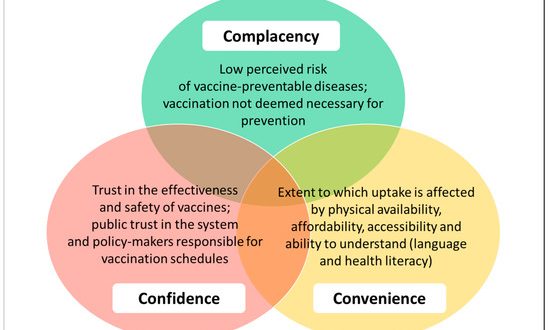The North East of England continues to grapple with a stark reality: a significantly lower life expectancy compared to other regions of the UK. Recent reports have labelled this disparity as “unfair and avoidable,” prompting calls for urgent action to address the underlying socio-economic and health inequalities driving these troubling statistics. It kinda makes you wonder, doesn’t it? What’s really going on that’s causing this? This article will delve into the key factors contributing to the lower life expectancy in the North East, examine the potential consequences for the region’s future, and explore the proposed solutions to tackle this critical issue.
Factors Contributing to Lower Life Expectancy
Socio-economic Deprivation
Poverty, unemployment, and low educational attainment are significantly higher in many parts of the North East than in other areas of the UK. These factors contribute to poor housing conditions, limited access to healthy food, and increased stress levels, all of which negatively impact health and life expectancy. I mean, think about it. If you’re constantly worried about where your next meal is coming from, how can you possibly focus on staying healthy?
Health Inequalities
The North East experiences higher rates of smoking, alcohol consumption, and obesity compared to the national average. These lifestyle factors, often linked to deprivation, contribute to increased risk of chronic diseases such as heart disease, cancer, and respiratory illnesses, all of which can shorten lifespan. It’s a vicious cycle, isn’t it? Stress leads to unhealthy habits, which leads to poor health, which leads to… well, you get the picture.
Access to Healthcare
While the NHS provides universal healthcare, disparities in access and quality of care exist. Geographic barriers, long waiting times, and a shortage of healthcare professionals in certain areas of the North East can hinder timely diagnosis and treatment, further exacerbating health inequalities and contributing to lower life expectancy. You know, it’s all well and good having the NHS, but if you can’t actually get to a doctor, what’s the point? It’s like having a life raft but no boat to put it on!
Consequences of Lower Life Expectancy
Economic Impact
A lower life expectancy not only impacts individual well-being but also has significant economic consequences. Reduced workforce participation, increased healthcare costs, and lower productivity can hinder economic growth and perpetuate cycles of deprivation. No one wants to think about it, but a shorter lifespan means less time contributing to the economy. It’s a harsh truth.
Social Impact
Shorter lifespans can disrupt family structures, reduce social cohesion, and erode community resilience. Children growing up in areas with lower life expectancy may face fewer opportunities and perpetuate the cycle of inequality. Imagine growing up knowing that you’re statistically less likely to live as long as someone in another part of the country. That’s a heavy burden to carry.
Regional Disparities
The stark difference in life expectancy between the North East and other regions highlights the deep-seated inequalities that exist within the UK. This disparity can fuel resentment and undermine national unity, emphasizing the need for targeted interventions to address regional disparities. It’s not just about health, is it? It’s about fairness, about opportunity, about feeling like you matter, no matter where you live.
Proposed Solutions and Interventions
Targeted Investments in Deprived Areas
Increased investment in education, job creation, and affordable housing in deprived areas of the North East can help address the root causes of socio-economic inequality and improve health outcomes. Throwing money at the problem isn’t always the answer, but in this case, targeted investment could make a real difference. It’s about giving people a leg up, not just a handout.
Public Health Initiatives
Comprehensive public health campaigns focused on promoting healthy lifestyles, reducing smoking and alcohol consumption, and increasing physical activity can help prevent chronic diseases and improve life expectancy. Easier said than done, of course! But raising awareness and providing support can definitely help people make healthier choices. Small steps, right?
Improving Access to Healthcare
Efforts to improve access to healthcare in the North East should focus on increasing the number of healthcare professionals, reducing waiting times, and addressing geographic barriers. This could involve expanding primary care services, investing in telemedicine, and improving transportation options. Telemedicine, especially, could be a game-changer for those living in remote areas. Just imagine being able to see a doctor from your own home!
Addressing the Social Determinants of Health
A multi-faceted approach that addresses the social determinants of health, such as poverty, education, and housing, is crucial for improving life expectancy in the North East. This requires collaboration between government agencies, community organizations, and the private sector. It’s a complex problem that requires a joined-up approach. No one can solve this alone.
So, the lower life expectancy in the North East is a complex problem fueled by a mix of socio-economic factors, health inequalities, and access to healthcare. Addressing this requires a multifaceted approach, with investment in deprived areas, promotion of public health, improved healthcare access, and a focus on the social factors impacting health. Let’s hope that by working together, the region can create a healthier and more equitable future for all its residents. What do you think can be done to make a difference?
 Cloudabouts
Cloudabouts




